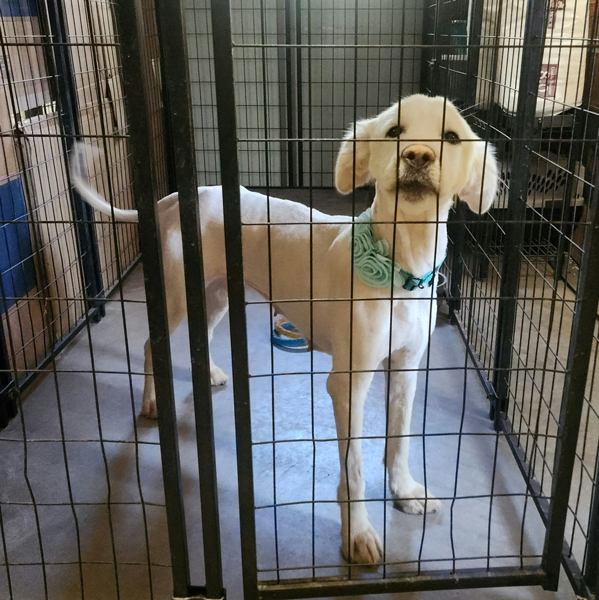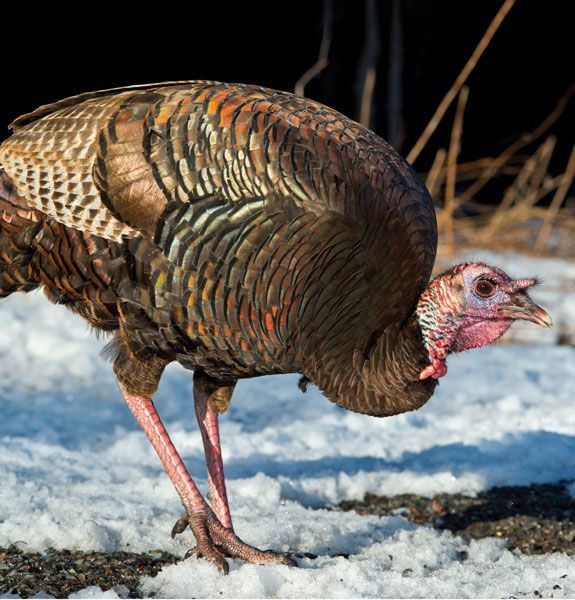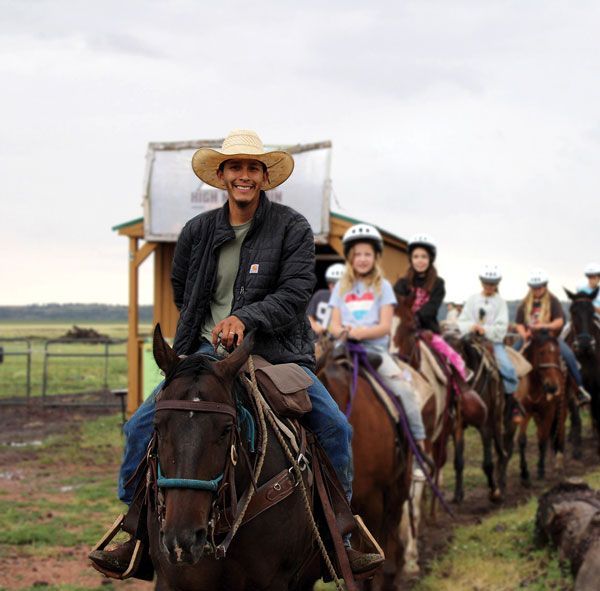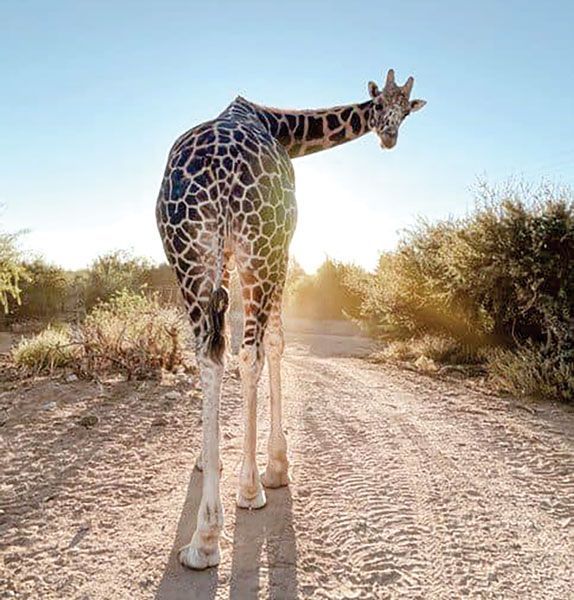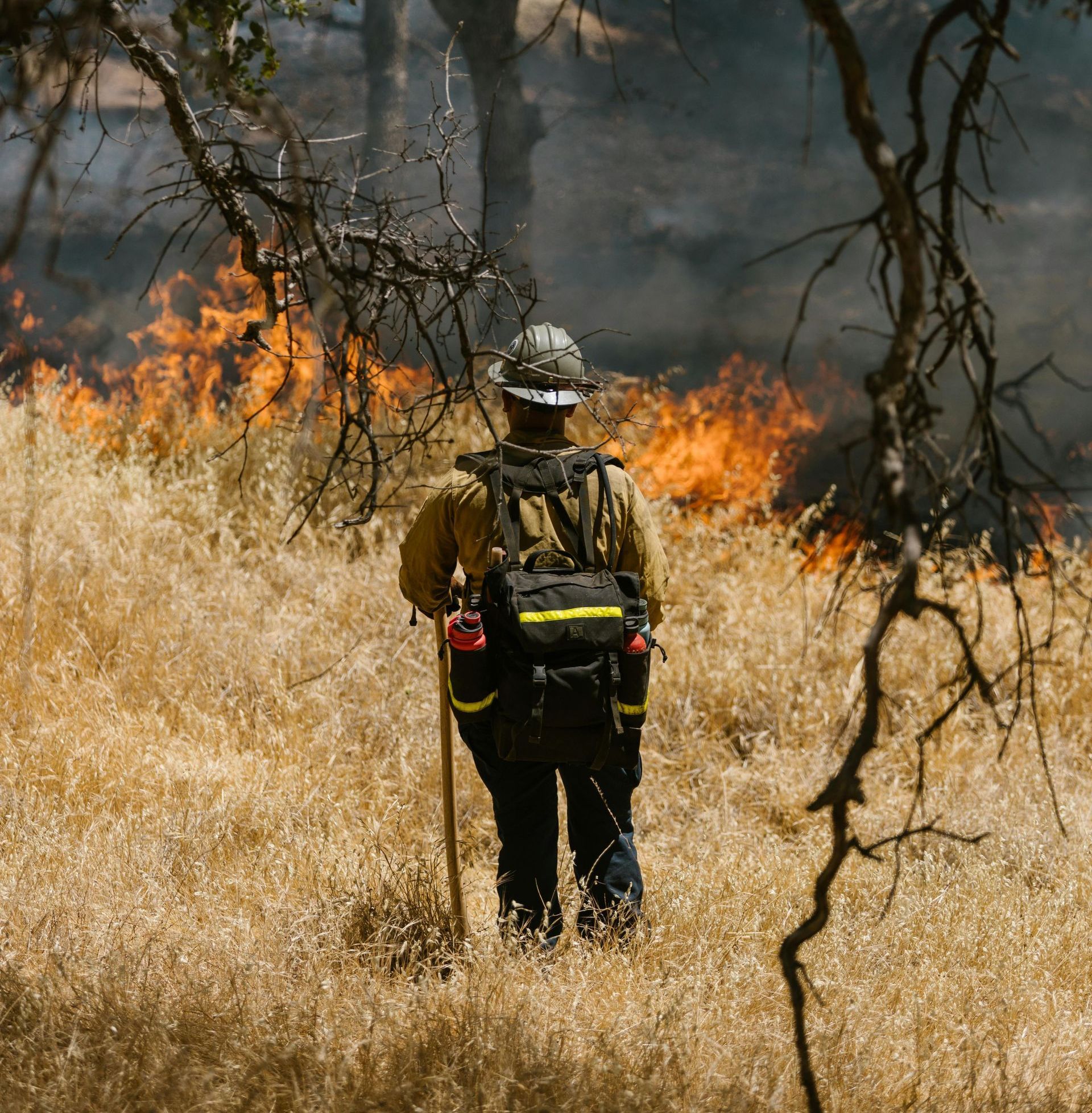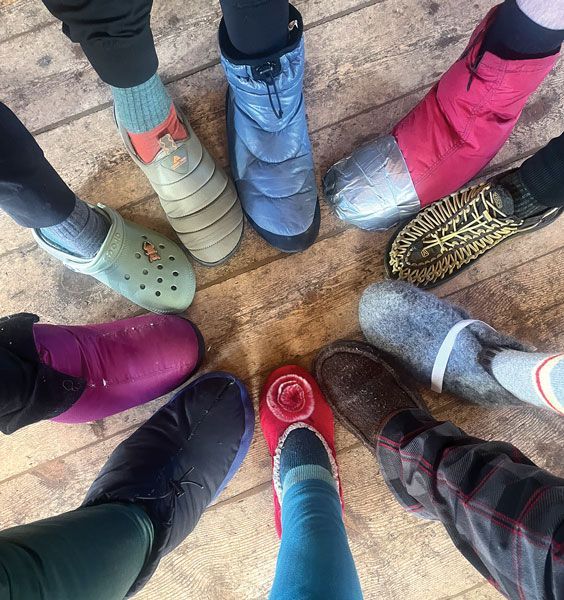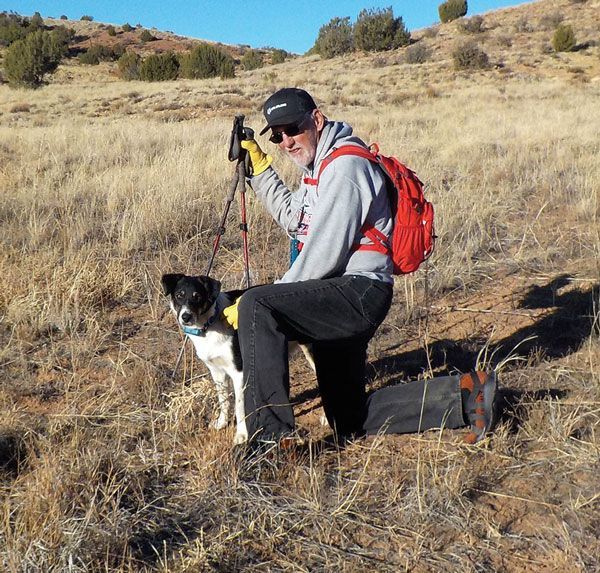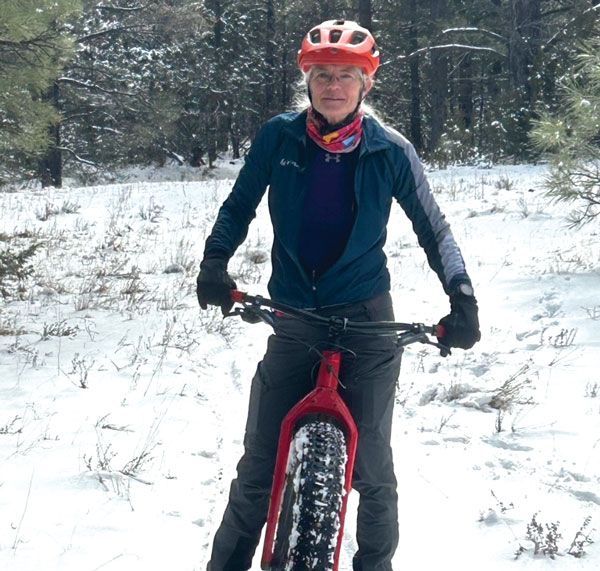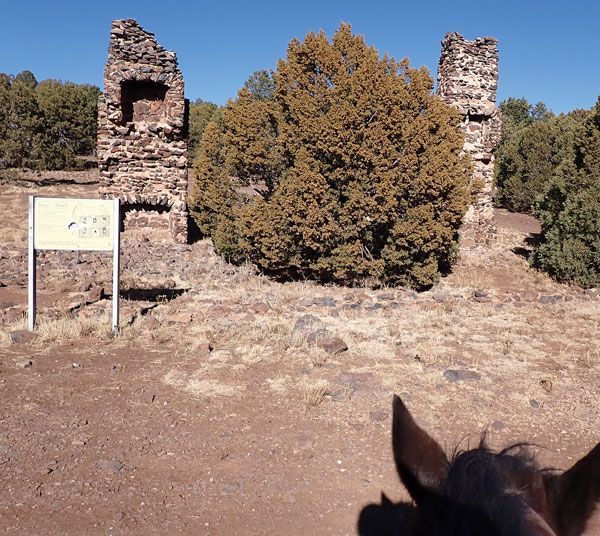DYNAMIC EQUILIBRIUM
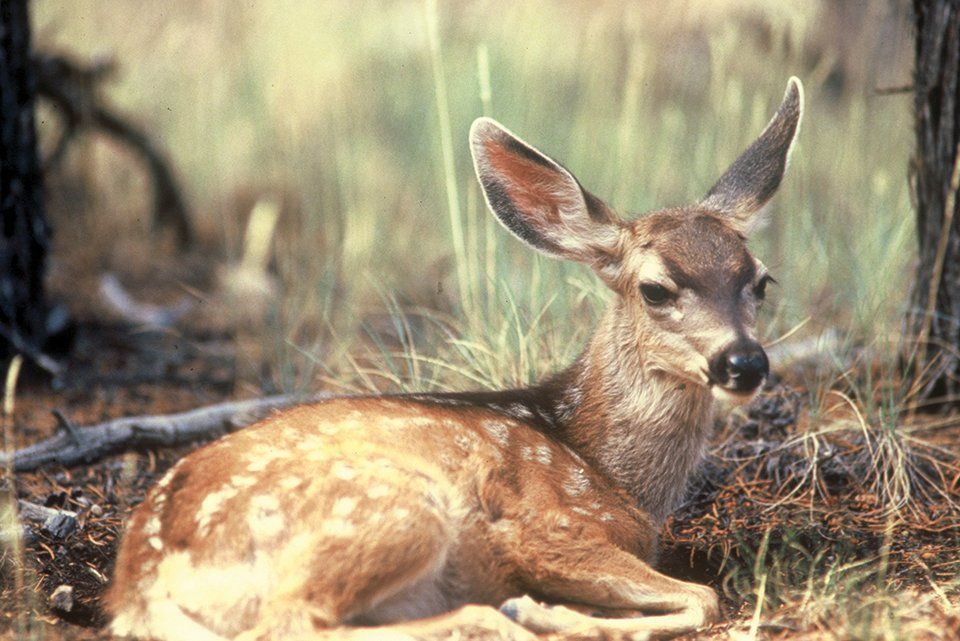
The “Balance of Nature” is actually better described as a “dynamic equilibrium,” meaning that usually everything in the wild is always changing within a certain range that is a result of influences from everything else going on in the area. For example, weather fluctuates every year which increases or decreases the number of deer young born each year which, in turn, influences both the predators on the level above them and the willow and aspen tree populations that they graze on a lower level. Floods and wildfires can produce catastrophic changes to the landscape in a perceived blink of the eye that look like they will take an eternity to repair but fortunately Mother Nature also works on a longer time frame. The dynamic equilibrium kicks in after a fire and eventually changes the charred landscape, but it just takes longer than a human life span so, for us, it could be an eternity until it recovers.
As environmental conditions, methods of take and wildlife populations change over time, wildlife managers need to make adjustments to hunting and fishing regulations -- sometimes to continue a tradition of fair chase methods and maintain wildlife numbers at desired levels. This might include increasing, decreasing or maintaining current animal numbers. Or it might include limitations to methods of take, like banning trail cameras that can transmit their photos or video remotely over the mobile cellular system without having to physically visit the camera. And these changes to hunting and fishing regulations also need to decrease the chances of diseases becoming an excessive mortality factor. This applies to both diseases already here and those marching their way toward the Grand Canyon State.
The Arizona Game and Fish Commission has made a few changes this year that hunters in the state need to be aware of. A summary of current rules can be found in the latest regulation booklet available at Arizona Game and Fish Department (AGFD) offices and other license dealers and on the AGFD website. If in doubt, you can always call a regional game and fish office or AGFD headquarters in Phoenix. Hunters who harvest elk or deer out of state and transport them back into Arizona need to help control the spread of a scary disease that is already affecting deer and elk populations and hunting opportunities in other states.
A number of changes are intended to reduce the likelihood of Chronic Wasting Disease (CWD) from ever entering Arizona. In 1967, CWD was first discovered in mule deer in northern Colorado. Since then, it has been found in 26 states and three Canadian provinces. New Mexico, Colorado and Utah have all confirmed cases in their states but Arizona has had procedures in place for quite a while to keep CWD from crossing state lines. The disease affects the brains of members of the deer family and always causes death through long term weight loss and severe coordination problems.
Unfortunately, the disease appears to be transmitted by a very resilient snippet of misfolded protein that can survive for years in the ground where an infected animal died or defecated as well as by direct contact with a live infected animal. However, in about 10% of CWD cases, the deformed protein cannot be found, leading to other theories for the cause, such as bacteria called Spiroplasma.
Fortunately for humans, the disease doesn’t seem able to infect us but the Center for Disease Control recommends avoiding the consumption of cervids, members of the deer family, confirmed to have the disease. Even though the disease has not been found in the state, Arizona Game and Fish Department is increasing surveillance activities. Hunters can have their harvested animals tested if they bring in fresh carcasses to a Game and Fish office during regular business hours, especially if they come from Hunt Units bordering states confirmed to have CWD already (Units 1, 2, 3, 12, 13, 27, 28 and 31). Results of the tests are sent to the hunters within a couple of weeks usually. If CWD can be detected before it spreads in Arizona, management efforts to eradicate it will be more successful and less costly.
The recently approved Arizona Game and Commission Rule R12-4-305 requires that deer and elk coming from out of state must fit one of the following categories or it will be considered an illegally imported wildlife part, subject to enforcement action and seizure of the part:
Meat that is boneless or has been commercially butchered and packaged
Finished taxidermy mounts
Skulls that are mounted or clean skulls/skull plates without any meat or soft tissue
Antlers that are hard-horned or velvet antlers that have been taxidermied
Hides without any meat or soft tissue
Teeth without any tissue attached
Archery hunters have hopefully noticed that the Unit 1 over-the-counter tag has been changed to a draw permit only. Surveys, as well as hunter pressure and success analysis have shown recently that the archery deer hunters in Unit 1 are increasing and must be very good shots, as the population has begun to decrease slightly and AGFD wants to ensure consistent firearm tag number in the future.
Many folks migrate to warmer weather in the coming months so some new changes in watercraft use may be of interest. All wake surfers must now wear a personal floatation device (PFD); boats towing somebody must have an observer in addition to the driver and no more teak surfing is allowed nor pulling someone from a boat’s swim platform. For the first time in more than 30 years, some watercraft fees have increased to make the program more sustainable as part of the AGFD user pay system.
More changes have been approved so make sure you check regulations, statutes, local signage or call an AGFD office for special regulations and recent changes. For more information, go to: https://www.azgfd.com/Hunting/Regulations/ or https://www.azgfd.com/Fishing/Regulations/
or

